When your vehicle displays a “Dynamic Steering Torque Service Required” message, it indicates a problem with the power steering system, which could range from software glitches to serious hardware issues. Fret not, as this can often be addressed either through a simple reset or may require more detailed attention from a professional.
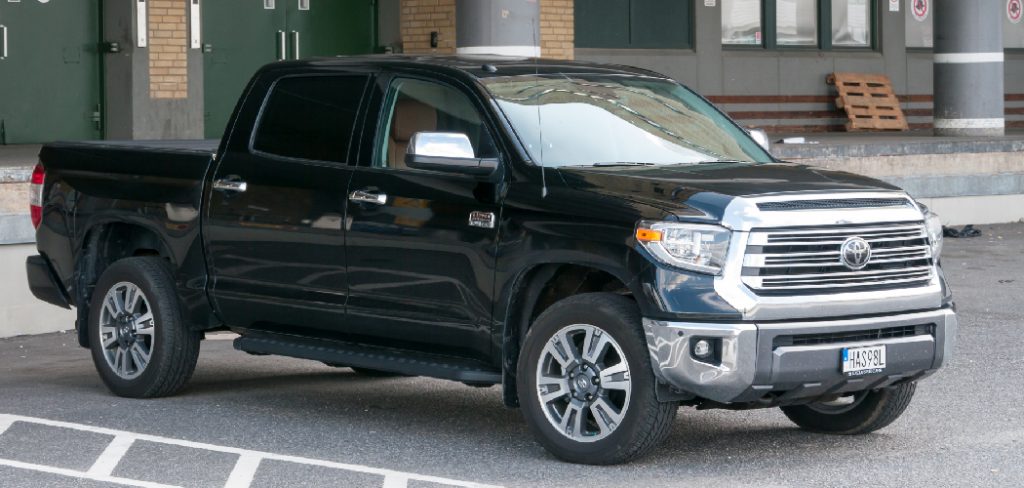
In this guide on how to fix dynamic steering torque service required, we will walk you through several steps you can take to troubleshoot and potentially resolve the issue, ensuring your vehicle’s steering operates smoothly and safely again.
What is Dynamic Steering Torque Service?
Dynamic steering torque service is a feature found in modern vehicles that helps to enhance steering control and ease the strain on the driver. It utilizes sensors and electronic components to adjust the amount of power assistance provided by the steering system, making it easier to turn the wheels and navigate through varying road conditions. It also helps to stabilize the vehicle during emergency maneuvers and reduce fatigue for the driver.
Overview of Dynamic Steering Torque System
The dynamic steering torque system consists of several components, including a steering angle sensor, electronic control unit (ECU), motor and pump assembly, and various sensors. These components work together to monitor the driver’s input on the steering wheel and adjust the power assistance accordingly.
The ECU takes into account factors such as vehicle speed, road conditions, and driver behavior to provide optimal steering assistance. You may encounter issues with this system if any of these components malfunction or if there is a software malfunction.
Reasons for Dynamic Steering Torque Service Required Message
Software Glitches:
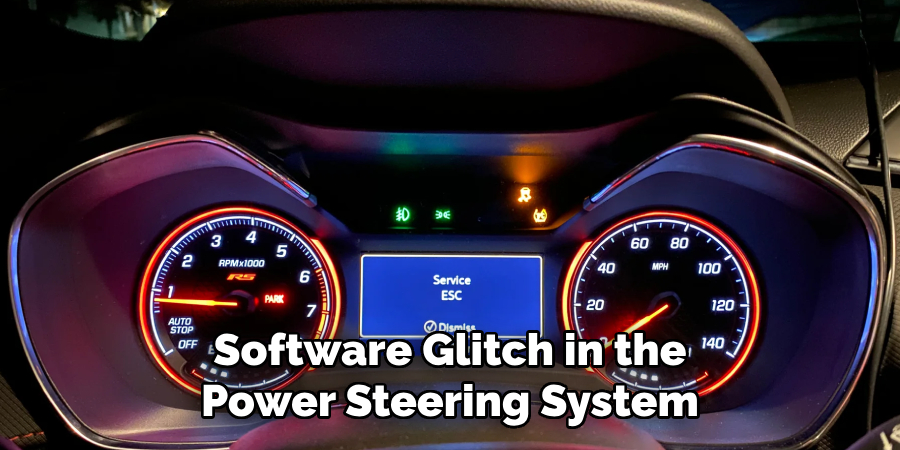
The most common reason for the “Dynamic Steering Torque Service Required” message is a software glitch in the power steering system. This can occur due to issues with the vehicle’s computer or sensor calibration, causing false readings and triggering the warning message. In such cases, a software reset or update may be necessary to resolve the issue.
Electrical Malfunctions:
Electrical malfunctions in the power steering system can also cause the “Dynamic Steering Torque Service Required” message to appear. This could be due to loose connections, damaged wiring, or faulty components within the system.
It is important to address these issues promptly, as they could potentially lead to more serious problems if left unattended.
Mechanical Failures:
In some cases, the “Dynamic Steering Torque Service Required” message may indicate a mechanical failure in the power steering system. This could be due to worn out or damaged parts such as the power steering pump, rack and pinion, or steering column. These issues may require more extensive repairs and should be addressed by a professional mechanic.
10 Step-by-step Guidelines on How to Fix Dynamic Steering Torque Service Required
If you encounter the “Dynamic Steering Torque Service Required” message, here are some steps you can take to address the issue:
Step 1: Perform a Reset
The first step is to try resetting the power steering system by turning off the engine and removing the key from the ignition. Wait for a few minutes before starting the vehicle again. This may clear any temporary faults or glitches in the system.
You can also disconnect the battery for a few minutes to reset the system. It is important to note that this may not work for all vehicles. You may need to consult your vehicle’s manual for specific instructions.
Step 2: Check the Power Steering Fluid
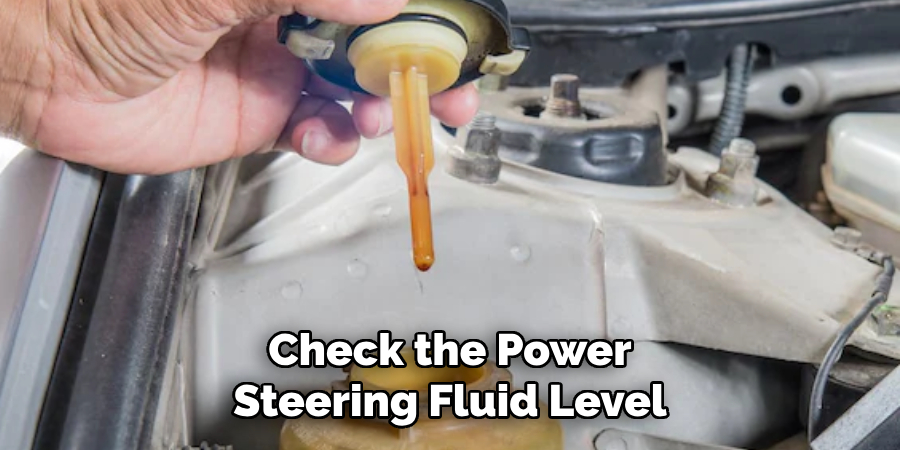
Next, check the power steering fluid level and condition. Low or dirty fluid can cause issues with the system and trigger a warning message. If necessary, top up or replace the fluid. The location of the power steering fluid reservoir varies depending on the make and model of your vehicle.
Consult your manual for its exact location. It is important to use the recommended type of fluid for your vehicle. The wrong type can cause further damage to the system.
Step 3: Inspect Belts and Hose
Check the power steering belt and hose for any signs of wear or damage. A worn-out or cracked belt can affect the performance of the power steering system and trigger a warning message. If necessary, replace the belt or hose.
Whether your vehicle uses a serpentine belt or a V-belt will determine the specific steps for inspection and replacement. Consult your manual for instructions. It is also important to check the tension of the belt, as a loose or tight belt can also cause issues.
Step 4: Verify Electrical Connections
If there are no issues with the power steering fluid, belts, or hose, then it may be an electrical problem. Check all connections and wiring in the power steering system to ensure they are secure and free from damage. This includes connections to the power steering control module, sensors, and the battery.
Clean any dirty or corroded terminals. You may need to consult a wiring diagram for your specific vehicle to locate and check these connections. Although it is rare, sometimes a faulty connection can trigger a warning message.
Step 5: Check for Faulty Sensors
If all electrical connections are secure, it may be a faulty sensor causing the warning message. Use a diagnostic tool to scan for any error codes related to the power steering system. This can help pinpoint which sensor is causing the issue. You may need to replace the faulty sensor to resolve the problem.
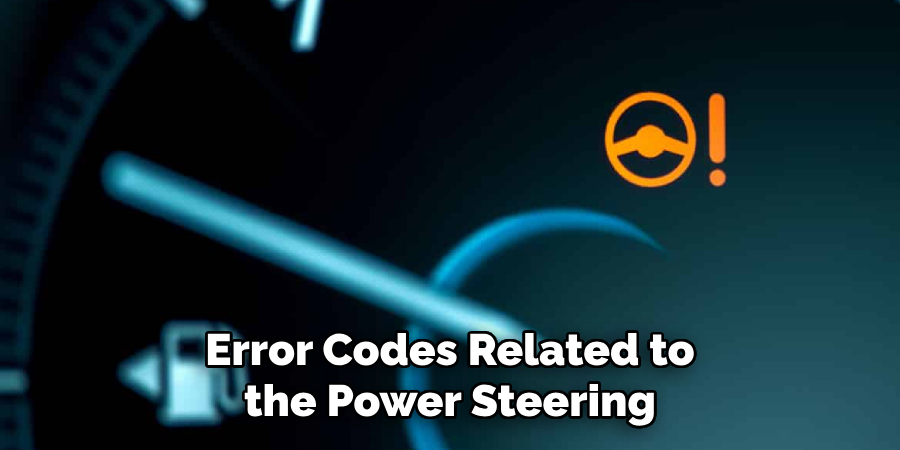
But it is always recommended to consult a professional before making any replacements. The diagnostic tool may also provide further instructions for testing the sensor’s functionality. You may need to test the sensor’s electrical resistance or voltage output.
Step 6: Perform Software Update
If a software glitch is suspected, you may need to perform a software update on your vehicle’s computer. This can be done at a dealership or by using an OBD-II scanner and following specific instructions for your vehicle. It is important to note that not all vehicles can receive software updates, and it may require specific tools or codes from the manufacturer.
It is always recommended to consult a professional before attempting a software update. You may also need to perform a re-calibration after the update. The specific steps for this vary depending on the vehicle. It may require driving the vehicle in a specific pattern or using a steering wheel angle sensor tool.
Step 7: Check for Mechanical Failures
If none of the above steps have resolved the issue, it may be a mechanical failure in the power steering system. At this point, it is recommended that a professional mechanic be consulted to diagnose and repair the issue.
They may need to inspect the power steering pump, rack and pinion, or steering column for any issues such as leaks, worn out or damaged parts. The necessary repairs will depend on the specific issue found. It is important to address these issues promptly to avoid further damage and ensure the safety of your vehicle.
Step 8: Diagnose the Steering Wheel Position Sensor
If your vehicle has an electronic steering wheel position sensor, it may be malfunctioning and causing the “Dynamic Steering Torque Service Required” message to appear. In this case, a diagnostic tool can help identify the specific issue with the sensor and determine if it needs to be replaced.
However, it is always recommended to consult a professional for accurate diagnosis and repair. This sensor is crucial for the safety and proper functioning of your power steering system. If it is not working correctly, it can affect the vehicle’s stability and handling.
Step 9: Inspect the Power Steering Control Module
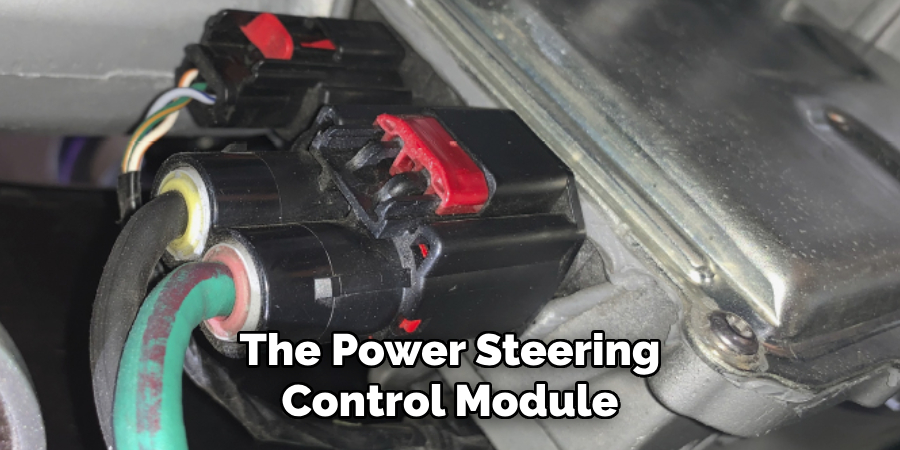
The power steering control module is responsible for controlling and monitoring the power steering system. If there is an issue with the control module, it may trigger a warning message. A diagnostic tool can help identify any error codes related to the control module and determine if it needs to be replaced.
Again, it is recommended to consult a professional for accurate diagnosis and replacement. You may also need to check the wiring and connections to the control module for any issues.
Step 10: Check for Recalls
It is also important to check if there are any recalls related to the power steering system in your vehicle. Sometimes, a manufacturer may issue a recall due to known issues with a specific part or component. You can check for recalls by entering your vehicle’s VIN number on the National Highway Traffic Safety Administration (NHTSA) website or contacting your vehicle’s manufacturer.
If there is a recall related to your vehicle’s power steering system, it is important to have it addressed as soon as possible. The manufacturer may provide free repairs or replacement for the affected part or component.
Following these steps on how to fix dynamic steering torque service required can help troubleshoot and resolve issues with the “Dynamic Steering Torque Service Required” message.
It is always recommended to consult a professional mechanic for accurate diagnosis and repairs, as dealing with power steering system issues can be complex and potentially dangerous if not handled properly. Regular maintenance and inspections of the power steering system can also prevent these issues from occurring in the future.
Testing and Quality Assurance
When troubleshooting and fixing issues with the power steering system, it is important to perform testing and quality assurance to ensure that the issue has been resolved and the vehicle is safe to drive. This can include test driving the vehicle, checking for any warning messages or abnormal noises, and verifying the proper functionality of the power steering system.
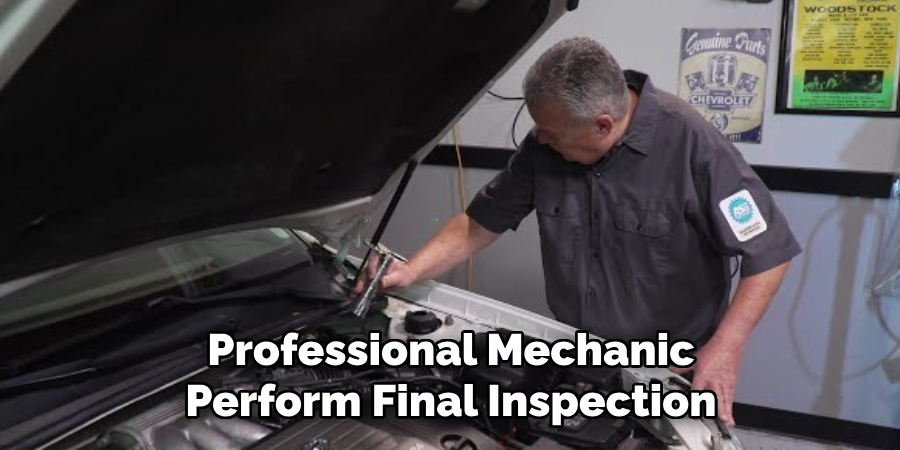
It is also recommended to have a professional mechanic perform a final inspection to ensure everything is in proper working order. Following these steps can help ensure the safety and reliability of your vehicle’s power steering system. This is especially important as the power steering system plays a vital role in the vehicle’s handling and control.
So, it is crucial to address any issues promptly and thoroughly to maintain the safety and functionality of your vehicle. Always consult a professional technician for accurate diagnosis and repairs. Regular maintenance and inspections can also help prevent potential issues with the power steering system.
As a vehicle owner, it is important to always prioritize the safety and maintenance of your vehicle. So, if you encounter any issues with the power steering system, follow these steps to troubleshoot and resolve them properly.
Advanced Dynamic Steering Torque Service Techniques
In some cases, the “Dynamic Steering Torque Service Required” message may continue to appear even after following the above steps. In these situations, advanced techniques may be necessary to troubleshoot and resolve the issue. This can include using specialized diagnostic tools or performing in-depth inspections of specific components.
It is important to consult a professional mechanic for these advanced techniques, as they require specialized knowledge and equipment. Attempting to fix these issues without proper training and tools can result in further damage to the vehicle or injury. It is always recommended to seek professional help for complex power steering system issues.
Common Dynamic Steering Torque Service Challenges and Solutions
Some common challenges that may arise when trying to fix the “Dynamic Steering Torque Service Required” message include difficulty locating a faulty sensor or determining the root cause of the issue.
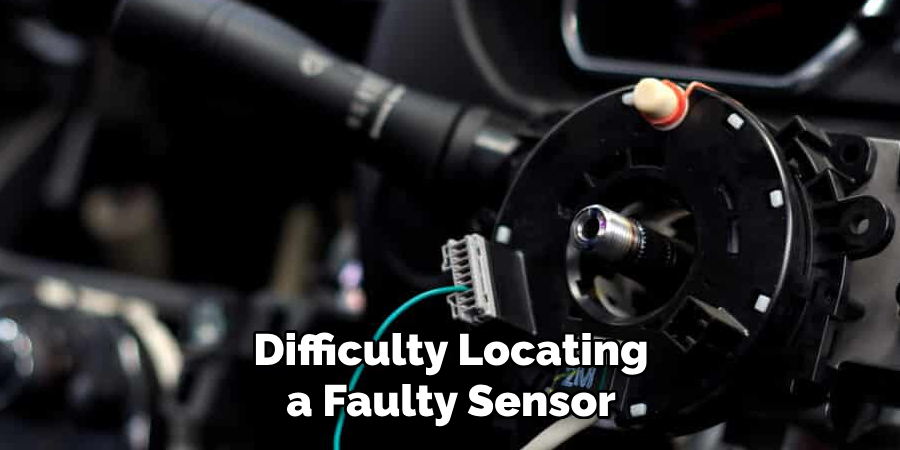
In these situations, it is important to consult a professional mechanic for accurate diagnosis and repair recommendations. They have the knowledge and experience to troubleshoot these issues efficiently and effectively.
Additionally, regularly scheduled maintenance and inspections can help prevent these issues from occurring in the first place. By keeping your vehicle’s power steering system in good condition, you can avoid potential challenges and ensure your safety on the road.
Overall, resolving dynamic steering torque service issues may require patience, expertise, and proper maintenance practices to keep your vehicle running smoothly. So, it is important to stay informed about your vehicle’s power steering system and address any issues promptly to ensure the safety and reliability of your vehicle. Happy driving!
Additional Resources and References
- National Highway Traffic Safety Administration (NHTSA) Website: Https://www.nhtsa.gov/
- Vehicle Manufacturer Websites for Recalls and Technical Information
- Professional Mechanic Services for Accurate Diagnosis and Repairs. – Online Forums and Communities for Tips and Advice From Fellow Vehicle Owners. – Owner’s Manual or Online Resources for Your Specific Vehicle Model.
- Regular Maintenance and Inspections of the Power Steering System to Prevent Issues.
- Knowledge of Common Power Steering System Components and Their Functions.
- Familiarity With Common Warning Messages and Their Potential Causes. Overall, Staying Informed and Proactive Can Help Troubleshoot and Resolve the “Dynamic Steering Torque Service Required” Message in Your Vehicle. By Following These Steps and Utilizing the Available Resources
- Staying Informed About Any Recalls or Technical Service Bulletins Related to Your Vehicle’s Power Steering System. – Consultation With a Professional Mechanic for Advanced Troubleshooting and Repairs. – Regular Test Driving and Quality Assurance Checks to Ensure Proper Functionality of the Power Steering System.
Frequently Asked Questions
Q: What Does the “Dynamic Steering Torque Service Required” Message Mean?
A: This message indicates a problem with the power steering system, which may require professional diagnosis and repairs. You should stop driving and address the issue as soon as possible for your safety.
Q: Can I Ignore the “Dynamic Steering Torque Service Required” Message?
A: It is not recommended to ignore this message, as it could indicate a potentially dangerous issue with the power steering system. It is important to address the issue promptly to avoid further damage to your vehicle.
Q: Can I Perform My Own Repairs for Dynamic Steering Torque Service Issues?
A: It is recommended to consult a professional mechanic for accurate diagnosis and repairs of power steering system issues. Attempting to fix these issues without proper training and tools can result in further damage or injury. –
Q: Can Regular Maintenance Prevent Dynamic Steering Torque Service Problems?
A: Yes, regularly scheduled maintenance and inspections of the power steering system can help prevent these issues from occurring. It is important to follow the manufacturer’s recommendations for maintenance intervals and address any potential warning signs promptly.
Overall, taking proper precautions can ensure the safety and reliability of your vehicle’s power steering system.
Q: Where Can I Find More Information About My Vehicle’s Power Steering System?
A: You can consult your owner’s manual manufacturer websites for specific technical information and recalls or seek advice from online forums and communities for tips and advice from fellow vehicle owners.
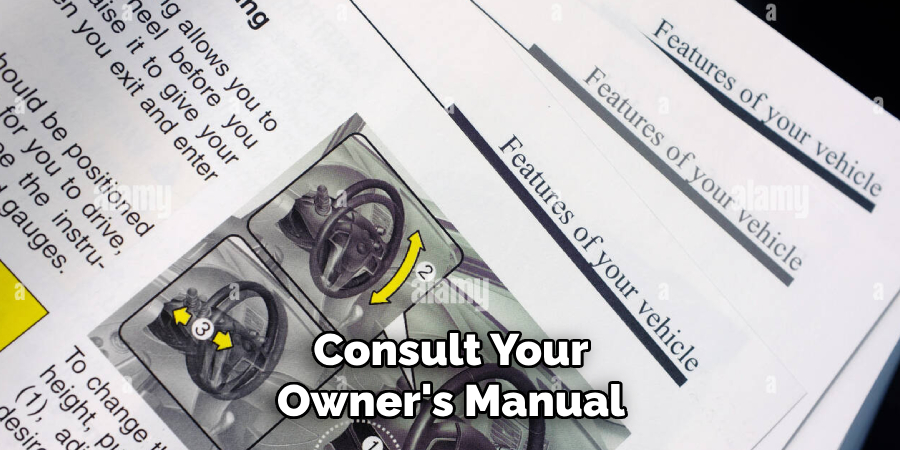
It is also recommended to stay informed about any potential recalls or technical service bulletins related to your vehicle’s power steering system. Ultimately, staying informed and proactive can help troubleshoot and resolve any dynamic steering torque service issues in your vehicle.
Conclusion
In conclusion, resolving the “Dynamic Steering Torque Service Required” message can often be achieved through a series of troubleshooting steps, beginning with a system reset and ending with professional assistance if needed. Always prioritize safety when addressing steering issues, as they are critical to the control and handling of your vehicle.
Remember to consult your vehicle’s service manual or seek professional advice if you are unsure about any steps in the process. It is our hope that this guide on how to fix dynamic steering torque service required has provided you with valuable insight into maintaining your vehicle’s dynamic steering system and ensuring a safe driving experience.

About
JeepFixes Team is a skilled author for Jeep Fixes, bringing 6 years of expertise in crafting a wide range of jeep fixes. With a strong background in jeep fixes work, JeepFixes Team’s knowledge spans various types of fixtures, from decorative pieces to functional hardware, blending precision with creativity. His passion for jeep fixes and design has made him a trusted resource in the industry.
Professional Focus:
Expert in Jeep Fixes : JeepFixes Team aesthetic specializes in creating durable and innovative jeep fixes, offering both appeal and functionality. His work reflects a deep understanding of jeep fixes techniques and materials.
Sustainability Advocate : He is dedicated to using sustainable practices, ensuring that every fixture is crafted with eco-friendly methods while maintaining high-quality standards.
In his writing for jeep fixes, JeepFixes Team provides valuable insights into the latest trends, techniques, and practical advice for those passionate about jeep fixes, whether they are professionals or DIY enthusiasts. His focus on combining artistry with engineering helps others discover the true potential of jeep in design.
